Cherry Blossoms All Year Round At Sato Sakura
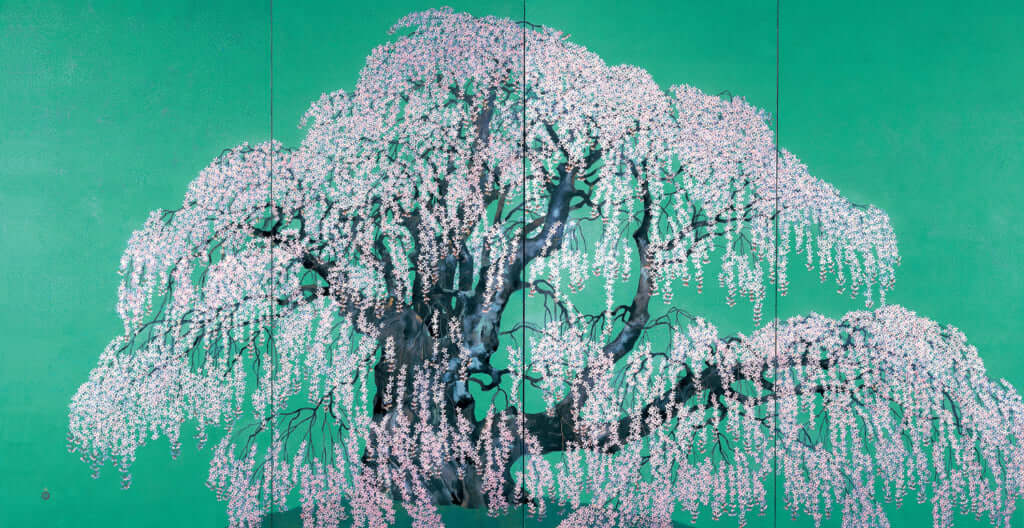
Near the river Meguro in Tokyo, the shore is adorned with beautiful pinkish colors every spring, a sign that cherry blossoms have begun to bloom. This place, so popular with the Tokyoites who gather here to celebrate the hanami and admire the sakuras, is also home to the Sato Sakura museum.
Opened in 2012, the little brother to the Sato Sakura Museum of Koriyama (Fukushima Prefecture) deserves just as much attention, even if few tourists visit. Its facade, entirely black, echoes the surrounding urban landscape. However once you are through the threshold, you will find traditional paintings, also called nihonga. This artistic movement, which appeared in the 1880s of the Meiji era, advocates Japanese art produced according to traditional conventions, materials and techniques, which also borrows from Western art. Nihonga is still practiced today by Japanese artists and given a dedicated platform at Sato Sakura. Despite the traditional style of the paintings on show, made on wood, silk or washi paper, their authors are all contemporary artists, born after the beginning of the Showa era (1926). Their success is such that an antenna gallery opened in New York in 2017.
In addition to the museum’s four to five annual exhibitions, the second floor showcases a dozen large-scale canvases, executed in traditional aesthetics, that pay tribute to the cherry blossoms. A visual consolation for those who visit Japan out of the sakura flowering season.
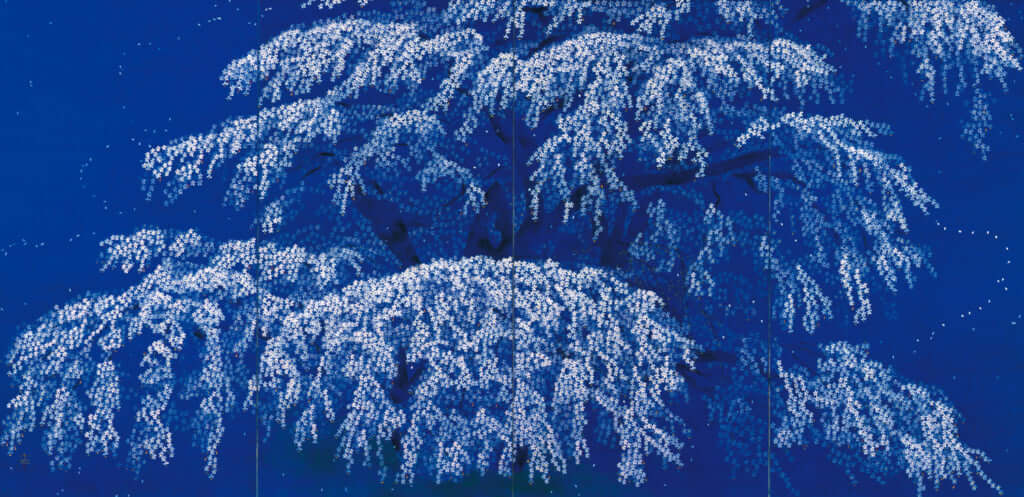
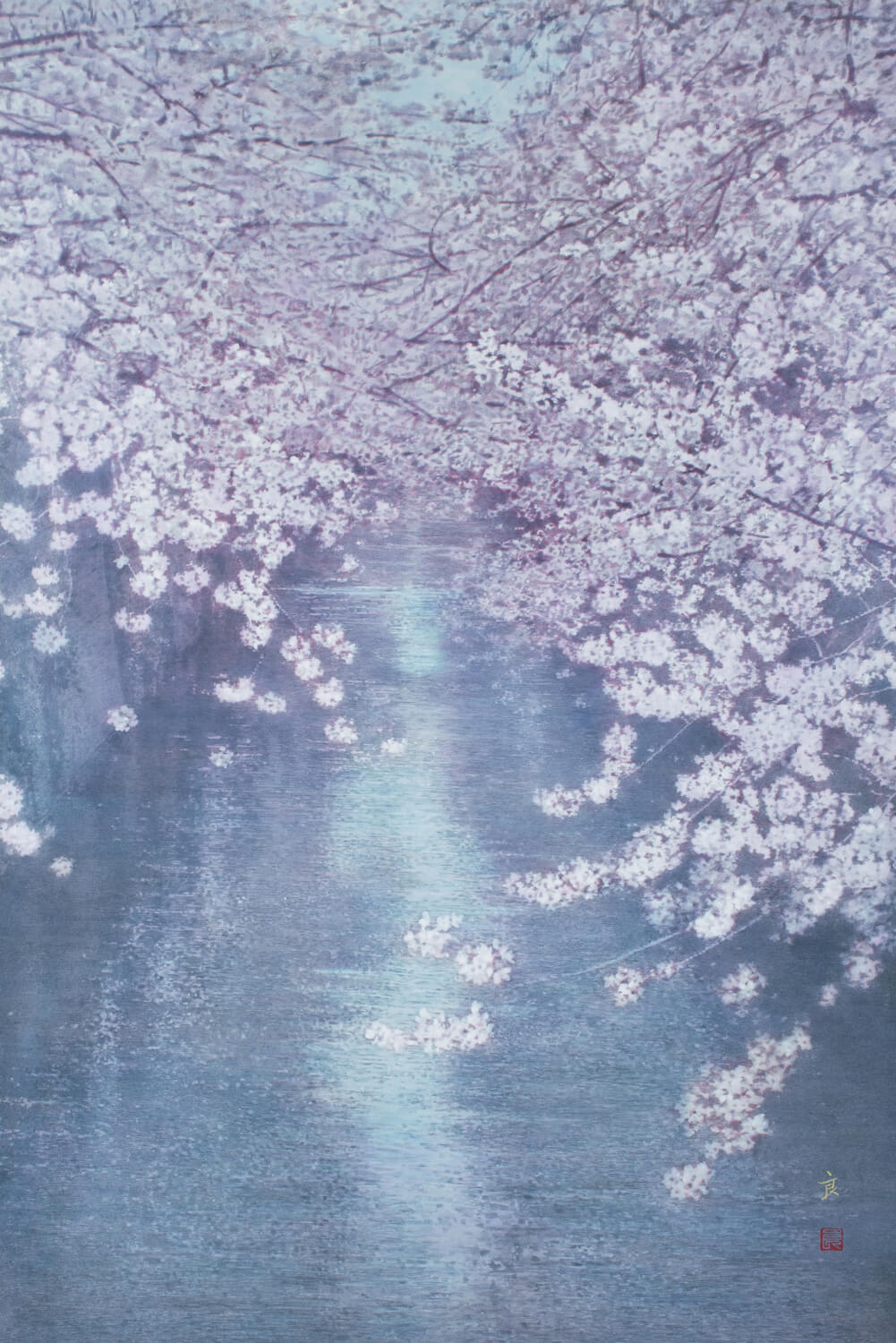
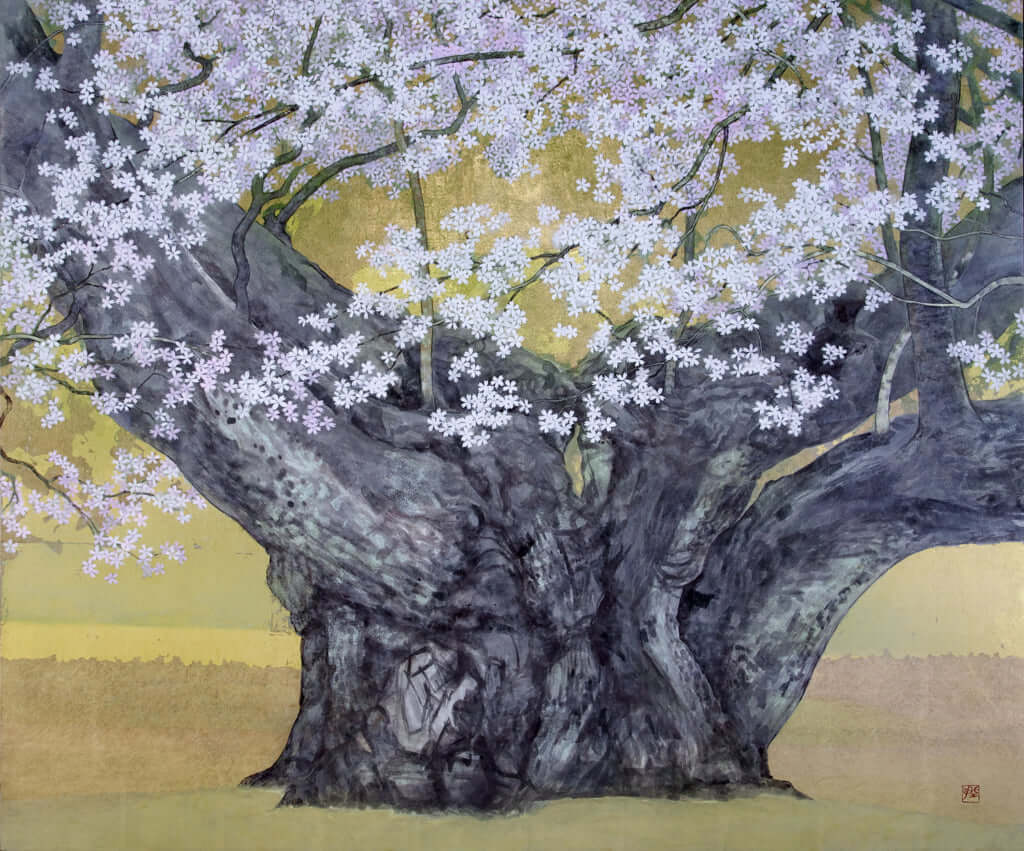
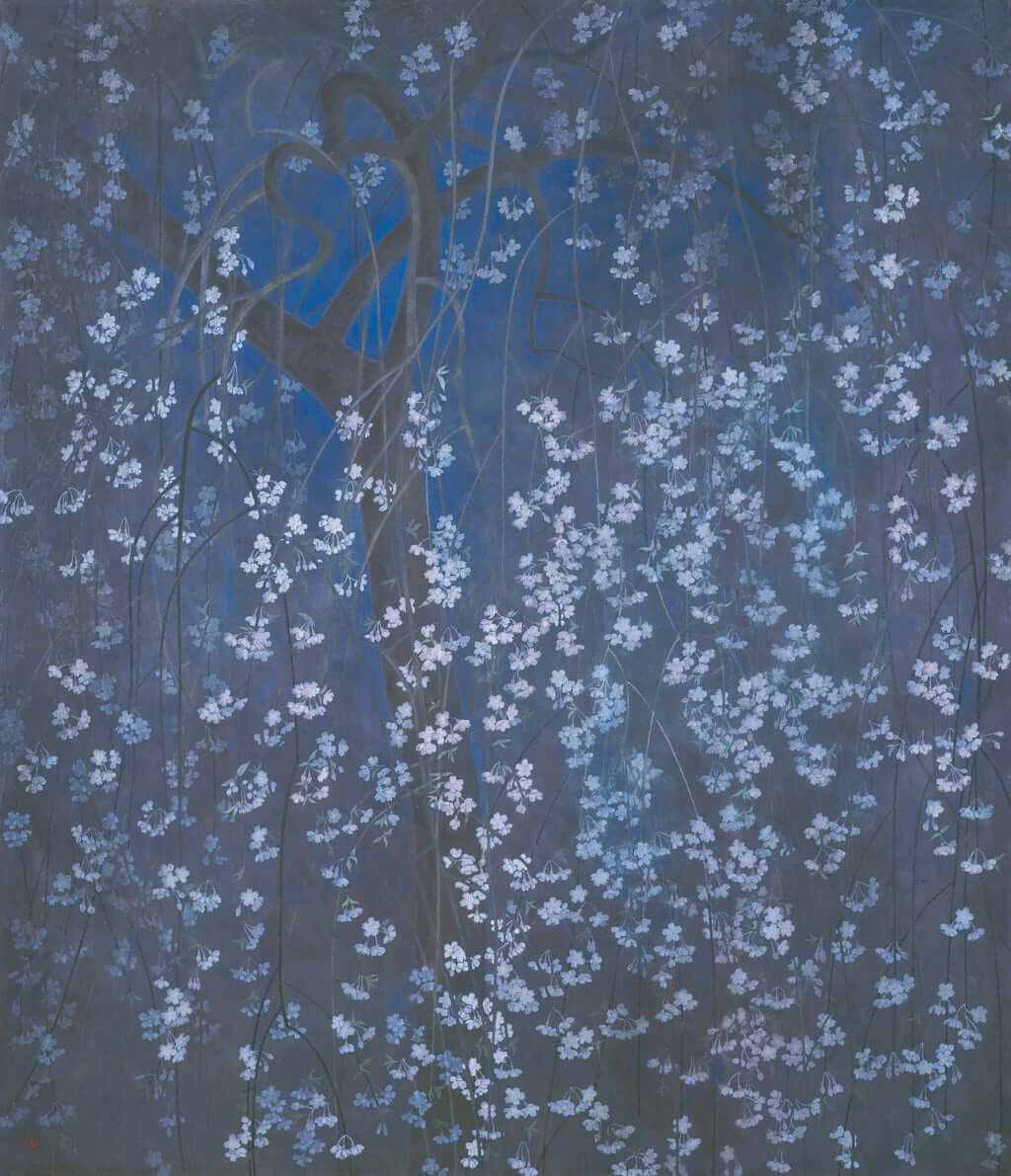
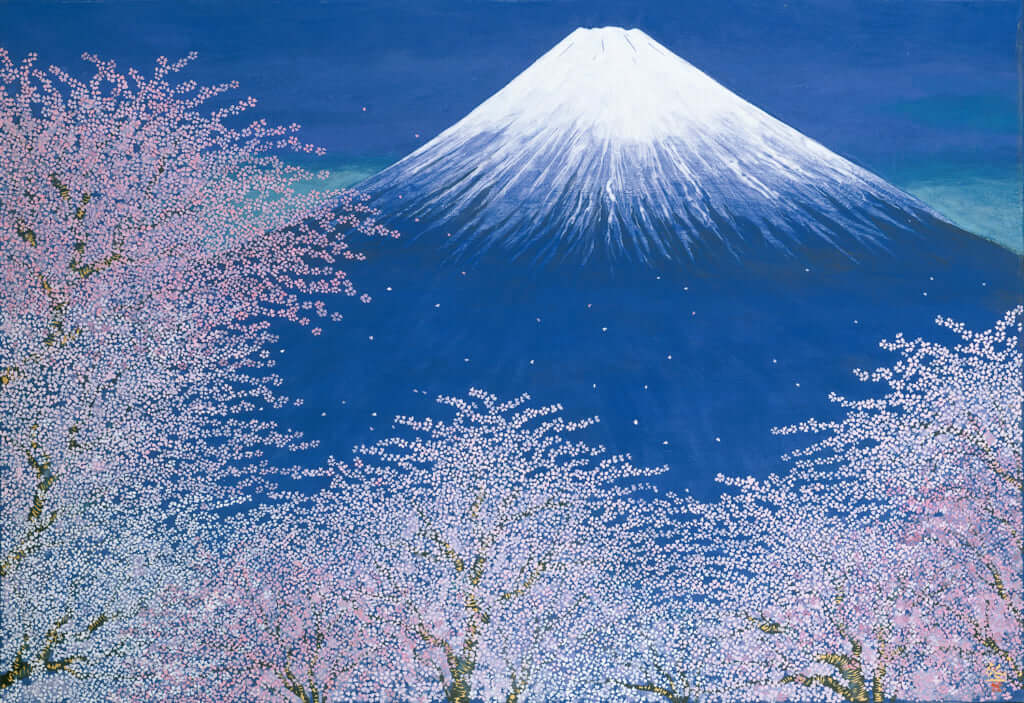
Sato Sakura
Open Tuesday to Sunday from 10h to 18h.
1-7-13 Kamimeguro, Meguro, Tokyo, 153-0051
TRENDING
-
Yakumo Saryo: A Culinary Voyage in Tokyo
Shinichiro Ogata makes objects from glass, ceramics and bronze but is also a fantastic cook. Have a taste of both his talents at restaurant Yakumo Saryo.

-
WA BI GIN : (An Old) Affair of Passion
The Japanese distillery Hombo Shuzo, first known for their shoshu, decided to launch itself into artisanal production of gin. Thus, WA BI GIN was born.

-
Gome Pit, the Pop-Up Bar in a Waste Treatment Facility
Japan never ceases to surprise. Gome Pit is a pop-up bar with an unobstructed view over a pit where tonnes of waste are piled up before being incinerated.

-
A Japanese Tea Room Perched Atop a Rooftop
The building, in keeping with the minimalist style of its creator, offers a splendid view of Vancouver Bay and the surrounding mountains.

-
Discover Japanese Gastronomy Through The Solitary Gourmet Manga
This illustrated black and white album follows its lead through various bars, celebrating the Japanese art of living.





